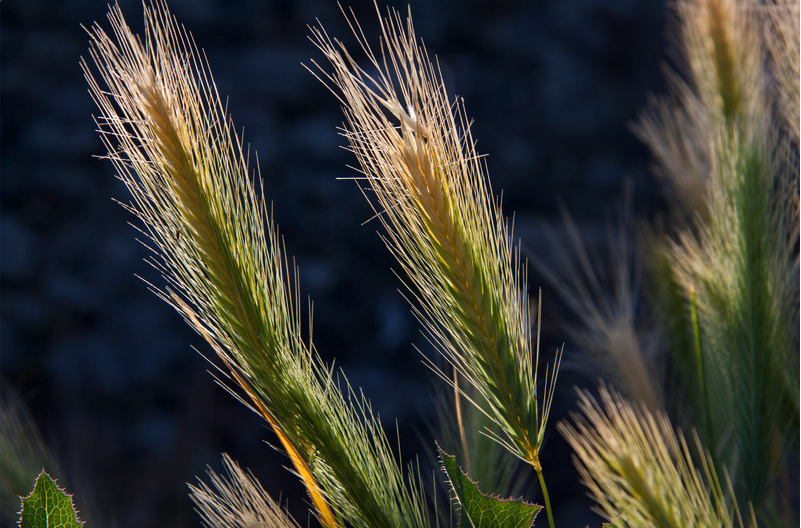These tiny, spiky seeds, known as grass awns, can cause BIG problems.
🌾 What is a grass awn?
Grass awns are hairy, bristle-like, appendages that grow from the ear/flower of barley, rye, and other grasses, and typically flower in June and July. They are also known as foxtails due to their long, unbranched, spike-like flowerheads. Some other colloquial names are: weed seeds, june grass, timothy hay, cheatgrass, and downy brome.
⚠️ Why are they dangerous?
Grass awns can burrow their way under your pet’s skin, causing pain and severe inflammation and/or infection.
👀 Prevention
Examine your dog after you’ve returned home from a walk or play time outside. A grooming brush can remove a tangled awn from a dog’s coat, and this is a good time to also inspect the dog’s snout, ear flaps, and between its toes for any foreign materials. Keeping the fur between your dog’s toes trimmed will also help.
🐕 When is it safe to remove a grass awn from my pet?
For best results, remove grass awns from your dog’s coat whenever you see them. If the awn is in your dog’s nose, or has punctured your dog’s body, then a trip to the vet is a MUST‼️ Do not attempt to remove the awn yourself, as this could lead to breakage and further issues like infection and inflammation. In the worst case scenario, grass awns in dogs can migrate throughout the dog’s body, causing damage to vital organs, and deteriorating the health of your furry friend.
💬 Summary
Carefully examining your dog after walks and time spent outside is the best defense against grass awns. Call us ASAP at (401) 398-7807 if you suspect that your dog is suffering from the ill effects of coming in contact with them!
If you have any questions, do not hesitate to contact Hill & Harbour Veterinary Center.

